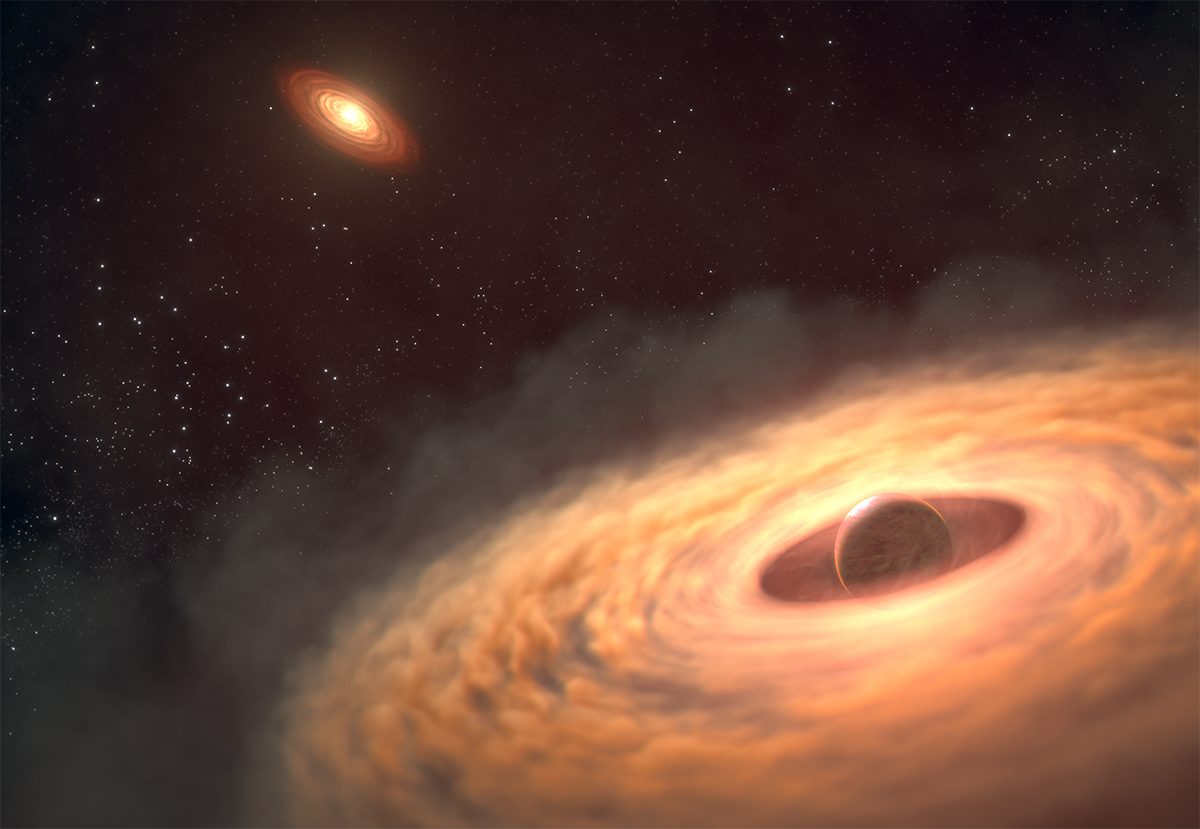The James Webb Space Telescope has directly observed a dusty disc surrounding an alien world; a disc out of which moons may eventually form.
The observations have given scientists the first direct measurements of the chemical and physical properties of a such a disc around an exoplanet.
Exoplanets are planets orbiting stars beyond our Sun, and so far over 6,000 confirmed exoplanets have been found.
Exomoons – natural satellites around exoplanets – have proven trickier to find.
While Webb hasn’t actually found exomoons, it has discovered a carbon-rich disc surrounding exoplanet CT Cha B, 625 lightyears from Earth.
A laboratory for alien moons?
The disc observed by Webb is giving astronomers insight into how the moons around Solar System gas giants like Jupiter might have formed.
Our Solar System contains over 400 known moons, and working out where they came from is no easy task.
Large moons, like the four Galilean moons around Jupiter, may have formed from material that existed in a dusty disc surrounding the young planet.
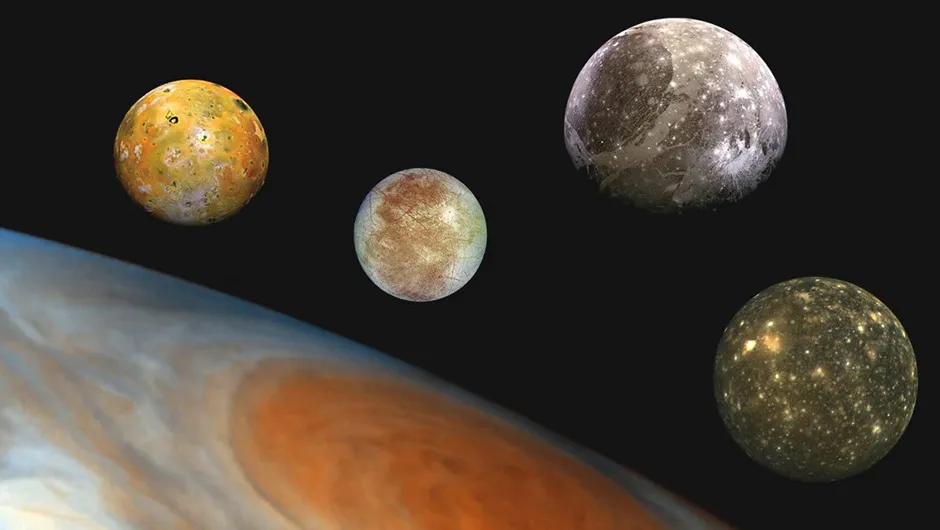
Credit: NASA/JPL/DLR
But that would have happened over four billion years ago, so evidence of this is scant.
With this new Webb discovery, astronomers have a direct view of material in a disc around a large exoplanet.
The star the planet orbits very young, at just two million years old. For comparison, our Sun is 4.5 billion years old.
This star is still accreting material around its own disc, separate from the disc around the exoplanet, which is 74 billion km from the star.
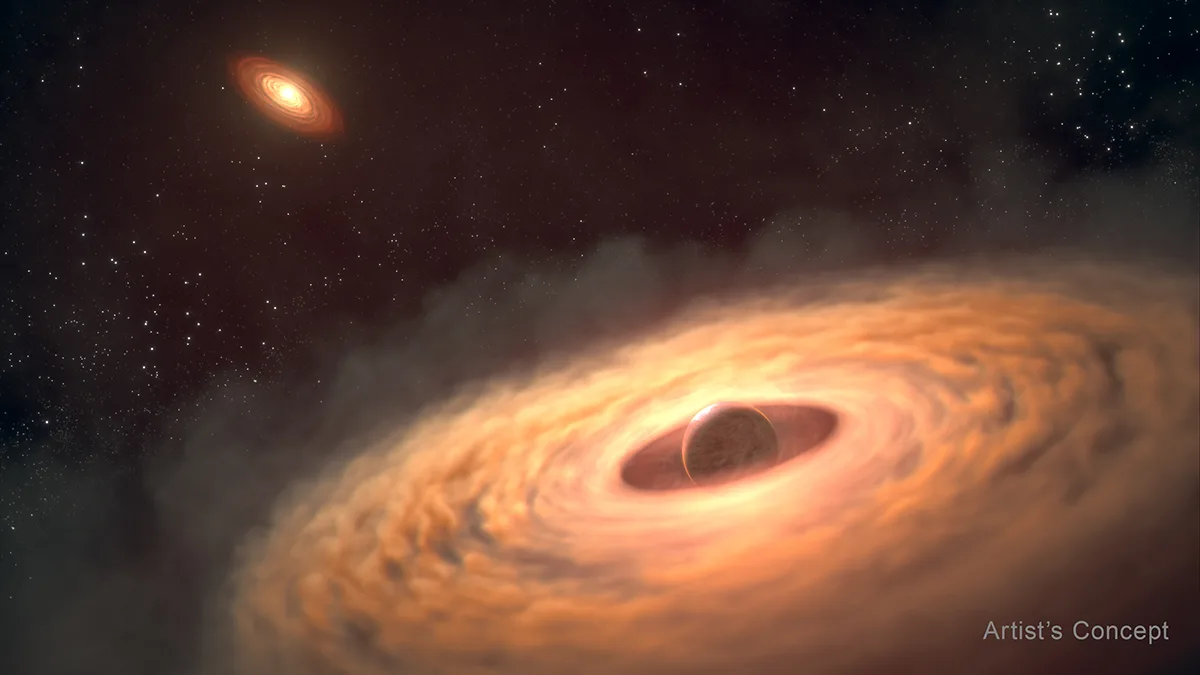
A wider view of moons across the Galaxy
Moons likely outnumber planets across our Galaxy, and we know that there are icy moons across our own Solar System with liquid water beneath their surface, like Enceladus at Saturn and Europa at Jupiter.
These icy moons could be some of the best places for finding signs of life elsewhere in our Solar System, so learning more about moons across the Galaxy is key.
The discovery enables scientists to gain a better understanding of planet and moon formation.
“We can see evidence of the disc around the companion, and we can study the chemistry for the first time. We’re not just witnessing moon formation – we’re also witnessing this planet’s formation,” says study co-lead author Sierra Grant of the Carnegie Institution for Science in Washington, D.C., USA.
“We are seeing what material is accreting to build the planet and moons,” says main lead author Gabriele Cugno of the University of Zurich in Switzerland and member of the National Centre of Competence in Research PlanetS.
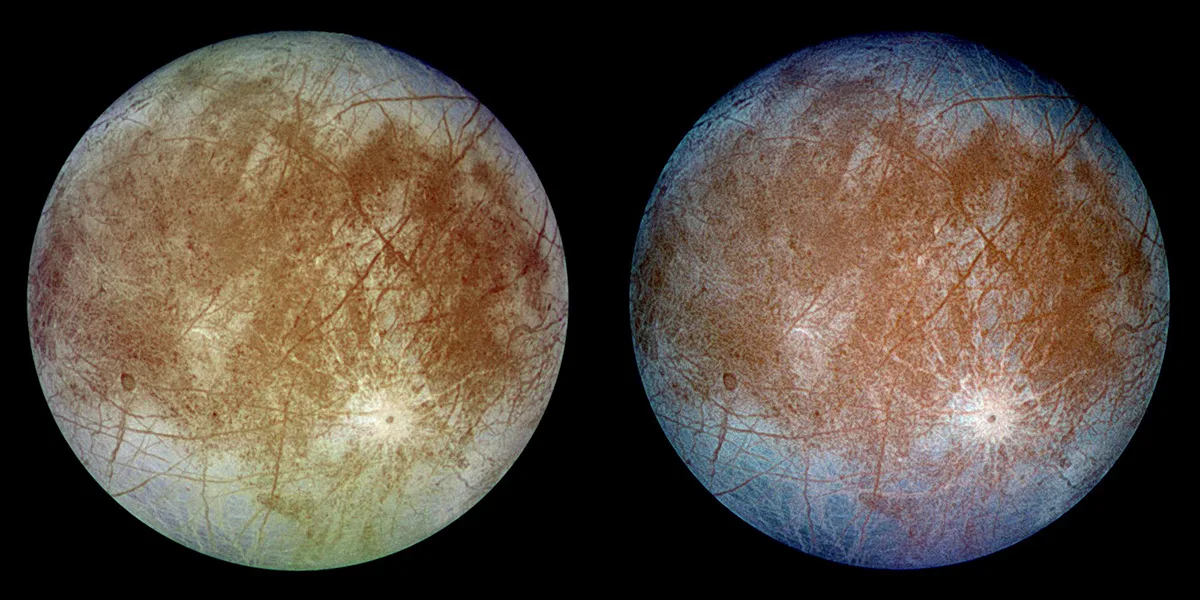
What Webb saw
Webb’s infrared view gave astronomers a unique insight into the dusty disc around CT Cha B.
The telescope’s MIRI (Mid-Infrared Instrument) revealed signs of molecules within the circumplanetary disc.
That motivated the team to take a closer look at the data.
However, exoplanet study is hard because planets are so much dimmer than their bright host stars.
“We saw molecules at the location of the planet, and so we knew that there was stuff in there worth digging for and spending a year trying to tease out of the data. It really took a lot of perseverance,” says Sierra.
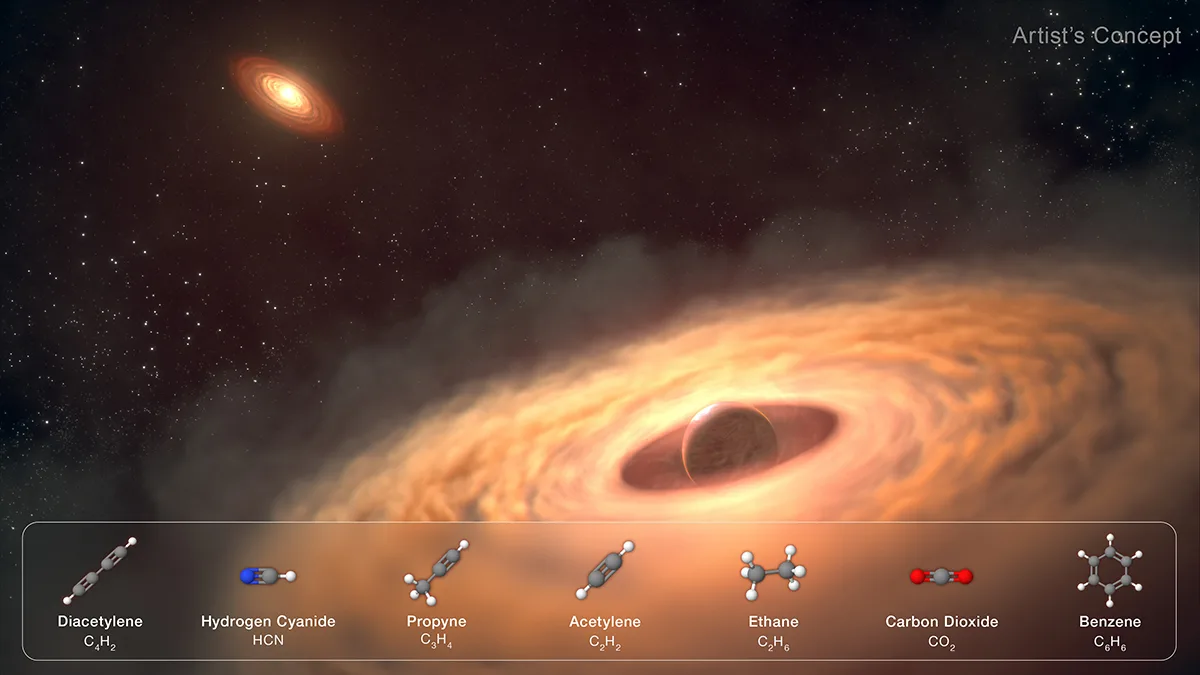
The team discovered seven carbon-bearing molecules within the planet’s disc, including acetylene (C2H2) and benzene (C6H6).
Around the host star, the researchers found water but no carbon.
“We want to learn more about how our Solar System formed moons. This means that we need to look at other systems that are still under construction. We’re trying to understand how it all works,” says Gabriele.
“How do these moons come to be? What are the ingredients? What physical processes are at play, and over what timescales?
“Webb allows us to witness the drama of moon formation and investigate these questions observationally for the first time.”
